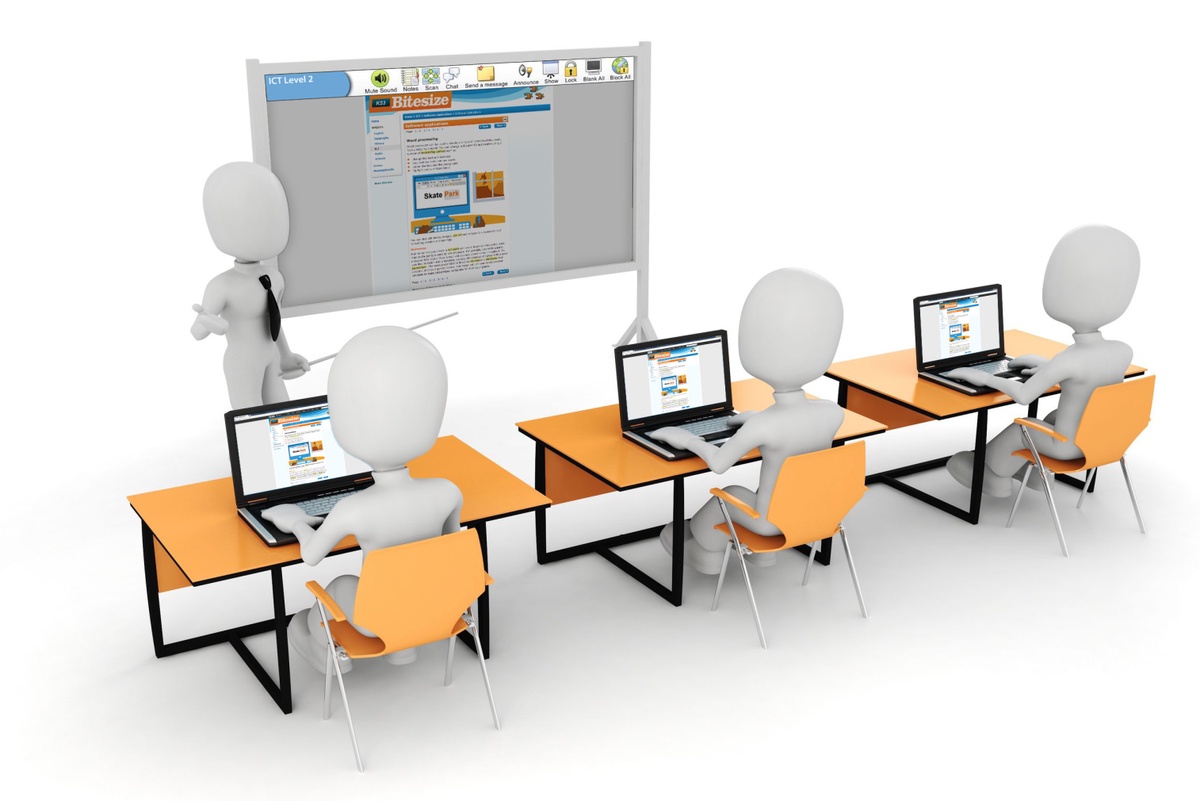All facets of education and learning organically grow along with technology. As it happens, an online class management system is essential for maintaining efficient teaching and student involvement while enabling effective instructional delivery. Here are the major benefits that teachers can enjoy using a tool for classroom observation.
E-learning has caused a 25%–60% boost in learning retention rate. Many strong factors make it likely that the sector will generate $325 billion by 2025.
Let’s explore key features of classroom management software and how they contribute to the effectiveness of modern teaching methods.
What is Software Management Software?
An integrated utility program called classroom management software helps teachers and students become more actively involved in the learning process by creating a stimulating learning environment in the classroom. It can be applied to decrease students’ attempts to access several time-consuming apps and websites, improving their concentration on studying.
Major Features of Classroom Management Software:
1: Peer-Based Learning
A peer-based learning approach is also promoted by the classroom management software. Teachers can organize student groups and encourage them to have enlightening conversations so that everyone’s knowledge is strengthened.
These systems can simulate a setting akin to social media, where active involvement attempts to promote group learning. To encourage peer-to-peer learning, educators can track their students’ participation. It gives teachers a way to evaluate students’ participation and promote cooperative learning in the classroom.
2: Performance Tracking
The capability of performance tracking allows for the monitoring of student progress and, consequently, the capacity to track their performance. The learning environment is made transparent, and people involved can track their development as a result. The following can help to ensure open performance tracking:
- Deciding on a good date to finish the course in advance
- Recurring course progress reports
- Tracking the status of course completion
- Producing outcomes online
3: Screen Recording
Any lecture can be recorded using screen recording software in all the popular video formats, including QuickTime, Windows Media, and Flash. The addition of sound, image, text, zoom, and pan effects then becomes simple.
Audio and video with several tracks can both be altered. As a result, this becomes a crucial aspect of a learning management system. Class management software should be integrated with a video conferencing service to deliver the finest online learning experience.
4: Digital Whiteboards
Using a projector and a digital whiteboard, students can interact with content from a computer device and see it on an electric screen. Since it can be connected to both individual and numerous student devices, it provides access to a variety of multimedia, which raises retention and engagement rates among students.
The system makes it possible to save daily lectures, print them as information data sheets, or email them to students. It is highly efficient and convenient.
5: Complete Management and Command of the Class
Teachers cannot squander class time by monitoring every student’s gadget because technology in the classroom causes distractions for the students. The program assesses how frequently pupils utilize gadgets in the classroom.
The management software makes sure that pupils are focused on their duties and maintains them on the proper path. It restricts the student’s off-task conduct and improves learning for the pupil.
As it stops all forms of disruptive behavior, it maintains positive classroom behavior. This classroom management software is now being used in many schools. Teachers can provide all of their pupils with high-quality instruction with the use of a class management system.
6: Private Chat
A teacher’s first aim should be to assuage the curiosity of some students because they are more curious and have numerous inquiries. However, occasionally a single student will ask too many questions, holding up the entire class.
Through a private chat option, classroom management software assists in preventing this issue. The capabilities of classroom management software allow teachers to quickly assist particular students.
When a student’s inquiries are addressed without disrupting or influencing the current lesson, everyone wins.
7: Cloud Storage
Teachers can transfer and keep all of the course materials online using cloud technology so they can access them from anywhere. With the correct authentication, they can quickly store and distribute data that students can view even from far away at any time.
Implementing cloud-based solutions is a terrific approach to backup instructional materials and is frequently more affordable in terms of running the software.
Due to the ease with which students and instructors can access cloud storage using web browsers, this software can also be utilized for hybrid or remote learning.
Conclusion
The purpose of classroom management software is to assist and instruct professors and teachers in effectively managing their courses and their adolescent students. This approach serves multiple objectives at once.
Students can now keep track of their progress, remain focused on the subject matter, and participate more actively in the learning process thanks to this innovative approach.


No comments yet